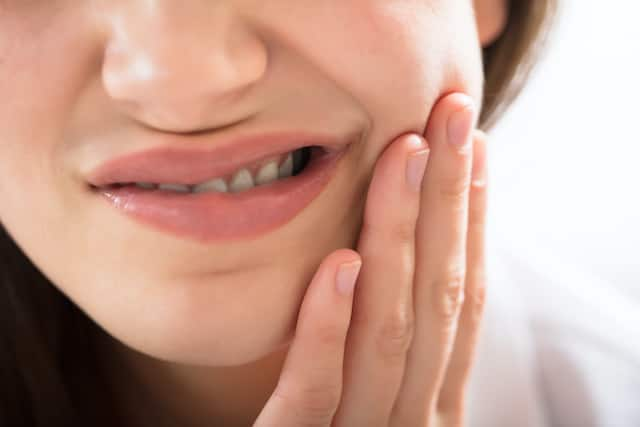What Are Ceramic Braces?
Traditional braces are made from metal, attached to the teeth and secured with small elastic bands. The bands come in a variety of colours. Patients can choose white elastics for a more subtle look or opt for brightly coloured bands; however, the metal remains highly visible.
White braces, on the other hand, are made of ceramic, so the only metal visible is the wire between teeth. The actual brackets that adhere to your teeth are white, making them less noticeable. Ceramic braces can help the wearer feel more confident in their smile throughout treatment. They may even entice reluctant patients to get braces if they were concerned about having a mouth full of metal.
Ceramic Braces vs. Metal Braces
While ceramic braces might be a better choice for some patients, picking white braces over traditional metal brackets isn't just a matter of colour. Both have their pros and cons, so you'll need to talk to your orthodontist about which is right for you.
Ceramic braces tend to be pricier than metal braces, so they could be cost-prohibitive for some patients. Moreover, metal braces tolerate more pressure and shifting than ceramic ones, so if you require a lot of correction, your orthodontist may recommend choosing metal to avoid appliance breakage. If you do break a bracket or damage your braces, ceramic braces are more expensive to repair. You'll need to weigh the importance of subtler braces against the costs.
Caring for Ceramic Braces
Ceramic braces can boost your confidence during treatment, but they can become discoloured over time. Anything that could stain your natural teeth could stain white braces, so be careful when consuming drinks like red wine, coffee or tea and foods like tomato sauce or curry.
Just as with traditional braces, you'll also want to avoid sticky or hard foods that could get stuck on your wires or break a bracket. Brushing after every meal can prevent decay and stains, but avoid teeth-whitening treatments. They won't work on ceramic braces and could damage the material or leave it discoloured, writes Healthfully.
According to the e-DantSeva, fitting the braces is not painful. In general, orthodontic treatment takes between 1 or 2 years to get the teeth to bite in a better way in harmony with the jaws and lips. It may take longer for more difficult problems. However, simple straightening can sometimes be carried out as quickly as 6 months, particularly if it’s only the front 6 teeth. If metal braces make you self-conscious, that might sound like a long time. White braces make the process less noticeable, making them a great choice for adult treatment (or reluctant kids and teens). Talking to your orthodontist about your options and treatment plan can help you decide if ceramic braces are right for you.
This article is intended to promote understanding of and knowledge about general oral health topics. It is not intended to be a substitute for professional advice, diagnosis or treatment. Always seek the advice of your dentist or other qualified healthcare provider with any questions you may have regarding a medical condition or treatment.
ORAL HEALTH QUIZ
What's behind your smile?
Take our Oral Health assessment to get the most from your oral care routine
ORAL HEALTH QUIZ
What's behind your smile?
Take our Oral Health assessment to get the most from your oral care routine













